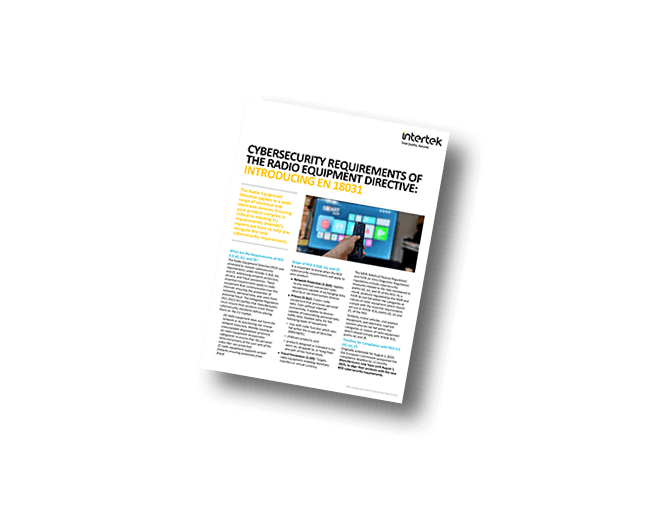RED Directive: The Cybersecurity Compliance Countdown – Part 6

17 Jun 2025
Staying Compliant After Launch Using Post-Market Surveillance Mechanisms
Achieving RED compliance is a significant milestone, but compliance doesn’t end once your product hits the market. The reality is that cybersecurity threats evolve continuously, and so do regulatory expectations. Manufacturers must have a strategy for maintaining compliance long after launch, failure to do so can result in security vulnerabilities, legal repercussions, and loss of consumer trust. This will become mandatory requirements in the upcoming Cyber Resilience Act (CRA).
Why Post-Market Compliance Matters
Under CRA, manufacturers have an obligation to monitor cybersecurity threats, address vulnerabilities, and ensure their products remain secure. This means implementing robust post-market surveillance mechanisms, issuing regular security updates, and reporting security incidents within strict timeframes.
For example, if an IoT manufacturer that launched a smart home hub in 2024 initially met RED requirements. However, by August 2025, cybersecurity researchers identified a new Bluetooth exploit that allowed unauthorized access. Without a structured update process, and if the company struggles to modify their existing product quickly, it will risk resulting in backlash and a loss of existing certifications on newly produced products of the same model.
Key Elements of Post-Market Compliance
Vulnerability Monitoring
Manufacturers must stay ahead of emerging threats by actively monitoring security advisories, industry reports, and hacker forums. Tools like JFrog Xray and Snyk can help automate vulnerability detection, providing alerts when potential weaknesses are discovered in a product’s software or third-party components.
Security Updates & Patch Management
A key requirement under CRA is providing security updates for a reasonable timeframe, typically at least five years post-launch. This means establishing clear update policies, communicating them to customers, and ensuring patches are applied seamlessly. Automated update mechanisms, similar to those in modern operating systems, can enhance security while reducing user friction.
Incident Reporting & Response
Under the CRA, if a security breach occurs, manufacturers must report it to EU authorities within fixed time periods. Having a predefined incident response plan can streamline this process and minimize potential damage.
Staying Proactive
- Conduct periodic security audits to assess potential vulnerabilities.
- Maintain a dedicated security team or partner with cybersecurity firms for ongoing monitoring.
- Educate end users on best security practices, such as enabling multi-factor authentication (MFA) where applicable.
Final Thought
Cybersecurity is an ongoing responsibility, not a one-time achievement. A proactive post-market strategy ensures long-term product safety and regulatory compliance.

